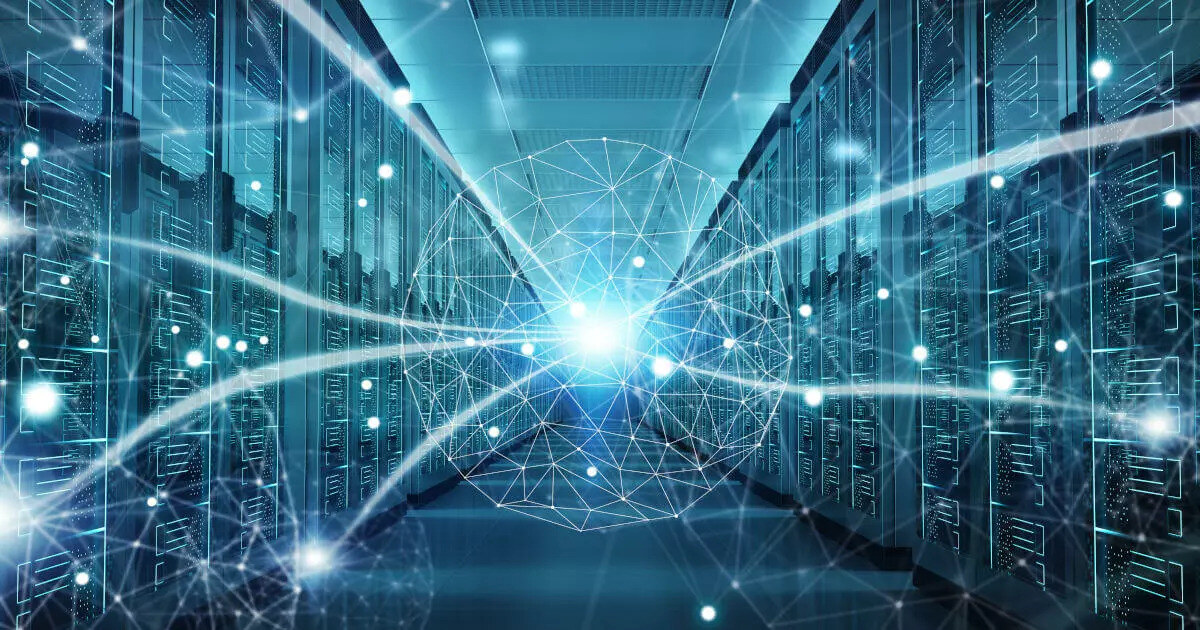Harnessing the Power of Grid Computing for Big Data Management
The rapid expansion of big data has transformed industries, providing unprecedented insights and decision-making capabilities. However, managing and processing vast datasets presents significant challenges. Traditional computing architectures often struggle to handle the scale, complexity, and speed required for real-time analytics, especially when dealing with varied data formats and structures that may require tools like a delimiter online to ensure proper organization and parsing.
This is where grid computing emerges as a powerful solution. It enables organizations to distribute data storage and computational tasks across multiple interconnected systems, optimizing efficiency, scalability, and reliability. By leveraging a network of computing resources, it ensures faster processing times, better data organization, and reduced infrastructure costs. This article explores how grid computing enhances big data processing, offering practical benefits for businesses, research institutions, and technology-driven enterprises.
Understanding Grid Computing in Big Data
Grid computing is a distributed computing model that pools resources from multiple machines to work together as a single system. Unlike traditional centralized systems that rely on a single powerful server, grid computing connects multiple independent nodes, each contributing computing power to process massive amounts of data.
At its core, grid computing involves:
- Resource Sharing: Computing power, storage, and applications are shared across multiple machines, ensuring efficient utilization of hardware.
- Parallel Processing: Tasks are divided into smaller chunks and processed simultaneously across different nodes.
- Task Scheduling: A central controller optimally assigns tasks to available resources, ensuring a balanced workload distribution.
For big data applications, these characteristics allow grid computing to scale dynamically, improving performance and enhancing overall data management. Organizations dealing with real-time analytics, simulations, or large-scale computations often rely on this architecture to overcome the limitations of traditional computing.
How Grid Computing Enhances Big Data Organization
Managing large datasets efficiently requires a structured approach. Grid computing enhances big data organization in several key ways:
Data Distribution and Load Balancing
In traditional data systems, large datasets can overwhelm a single machine, leading to processing slowdowns and inefficiencies. Grid computing distributes data across multiple nodes, ensuring an even workload balance. This prevents bottlenecks and allows for more efficient data retrieval and processing.
Parallel Processing for Faster Computation
One of the primary advantages of grid computing is its ability to process data in parallel. Instead of a sequential approach where a single processor works through tasks one at a time, grid computing breaks tasks into smaller segments and processes them simultaneously. This dramatically accelerates computation times, making real-time analytics more achievable.
Redundancy and Fault Tolerance
Grid computing enhances data reliability by incorporating redundancy. Data replication across multiple nodes ensures that even if one node fails, the system can continue operating without data loss. This fault tolerance is crucial for organizations handling mission-critical big data operations.
Scalability for Expanding Data Needs
With big data continually growing, scalability is a major concern. Grid computing allows organizations to dynamically scale their storage and processing power by adding or removing nodes as needed. This ensures that computing resources match the demand without excessive costs.
Real-World Example
A research institution analyzing genomic data implements grid computing to process vast datasets from multiple laboratories. Instead of a single supercomputer handling computations, a network of distributed servers works in parallel, reducing processing times and optimizing data organization.
Grid Computing’s Role in Big Data Processing
Beyond organizing data, grid computing significantly enhances how big data is processed and analyzed.
Speed and Efficiency Gains
Organizations dealing with terabytes or petabytes of data benefit from grid computing’s speed advantage. Since processing tasks are distributed among multiple nodes, insights can be generated much faster than with traditional systems.
Real-Time Data Analytics
Modern industries rely on real-time analytics to drive decision-making. Grid computing supports low-latency data processing, allowing businesses to extract insights from live data streams. This is especially critical in financial markets, healthcare diagnostics, and cybersecurity threat analysis.
Integration with AI & Machine Learning
Machine learning algorithms require extensive computational power, particularly when training deep learning models. Grid computing provides the parallel processing capabilities necessary for running large-scale AI models, making it ideal for applications such as fraud detection, predictive analytics, and autonomous systems.
Reducing Costs Through Resource Optimization
By leveraging existing hardware resources, grid computing reduces the need for expensive supercomputers or cloud-based processing. Organizations can utilize idle computing power from existing systems, leading to significant cost savings.
Financial Analytics
A banking institution uses grid computing to analyze fraud detection patterns across millions of transactions. By distributing calculations across a grid infrastructure, the bank can detect suspicious activities in real time, improving security and customer trust.
Comparing Grid Computing with Other Big Data Solutions
While grid computing is a powerful tool, it is important to compare it with alternative big data solutions to determine the best fit for specific use cases.
Grid Computing vs. Cloud Computing
| Feature | Grid Computing | Cloud Computing |
| Architecture | Decentralized, distributed nodes | Centralized, managed infrastructure |
| Cost | Lower (uses existing hardware) | Higher (subscription-based services) |
| Scalability | Dynamic scaling within the grid | On-demand scalability |
| Use Case | Scientific research, analytics | Enterprise IT, SaaS applications |
Cloud computing offers fully managed services, while grid computing provides a cost-effective, decentralized alternative for organizations with existing resources.
Grid Computing vs. Hadoop
Hadoop is a popular big data processing framework, but it differs from grid computing in architecture and implementation.
- Hadoop is optimized for batch processing and distributed file storage, making it ideal for structured datasets.
- Grid Computing is more versatile, supporting a wider range of distributed computations beyond batch processing.
When to Choose Grid Computing
- When real-time or parallel processing is required.
- When organizations have existing infrastructure that can be leveraged.
- When tasks involve complex simulations or computations beyond Hadoop’s capabilities.
Challenges and Limitations of Grid Computing for Big Data
While grid computing offers numerous benefits, there are challenges to consider:
Security Risks
Data privacy is a concern in grid environments. Since information is distributed across multiple nodes, securing sensitive data requires advanced encryption and access control measures. Organizations must also address security challenges in grid computing such as authentication vulnerabilities, unauthorized access, and data interception, which pose risks to big data infrastructure.
Infrastructure Requirements
Setting up a grid computing system requires a robust infrastructure and network connectivity. Organizations must ensure their hardware and networking capabilities can handle distributed processing efficiently.
Latency and Bottlenecks
If not properly optimized, grid computing can suffer from communication delays between nodes. Implementing effective task-scheduling algorithms can mitigate these issues.
Future Trends: How Grid Computing is Evolving for Big Data
As technology advances, grid computing continues to evolve to meet the growing demands of big data.
Edge Computing and IoT Integration
With the rise of Internet of Things (IoT) devices, grid computing is being integrated with edge computing to process data closer to the source. This reduces latency and enhances real-time analytics.
AI-Driven Grid Optimization
Machine learning algorithms are being used to optimize grid computing tasks, improving efficiency and resource allocation.
Hybrid Models: Combining Cloud and Grid Computing
Many organizations are adopting hybrid models, where grid computing is used alongside cloud platforms to maximize performance and cost efficiency.
Grid Computing as a Game-Changer for Big Data
Grid computing has emerged as a powerful solution for managing and processing big data. By distributing tasks across multiple nodes, it enhances efficiency, scalability, and cost-effectiveness, making it an ideal choice for industries requiring large-scale data analysis.
While challenges such as security and infrastructure costs remain, the evolving landscape of AI, edge computing, and hybrid models continue to push grid computing forward. As businesses and research institutions grapple with the ever-growing data explosion, grid computing stands as a cornerstone of modern big data strategy.
For organizations seeking high-performance, distributed computing, grid computing provides an effective alternative to traditional centralized architectures. As technology advances, its role in big data processing will only become more vital.



